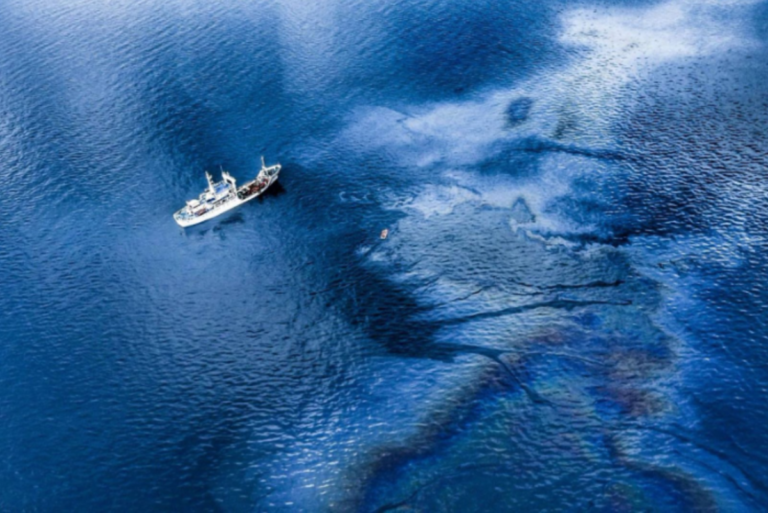Hapag-Lloyd, in collaboration with vessel owner Seaspan, has outlined plans for the initial five methanol conversions for their container vessels. The companies disclosed an estimated total investment of approximately $120 million for these five vessels, scheduled for retrofitting in 2026 as part of a broader initiative announced last year. The retrofits are slated to commence in the first quarter of 2026 and are anticipated to require between 80 and 90 days per vessel. These vessels, all constructed in China in 2014, measure 1,105 feet (337 meters) in length, with a capacity of 115,000 deadweight tons (dwt) and 10,100 TEU (Twenty-foot Equivalent Unit). They are currently under a long-term charter from Seaspan to Hapag and include the Seaspan Amazon, Seaspan Ganges, Seaspan Thames, Seaspan Yangtze, and Seaspan Zambezi.”
As per the companies, the initiative entails converting MAN S90 engines into dual-fuel engines capable of utilizing methanol. MAN previously indicated that this process is uncomplicated, given their standard electronically-controlled diesel engines are inherently dual-fuel ready, facilitating retrofitting.
MAN, in collaboration with Seaspan and Hapag, announced a project in July 2023, initially targeting the retrofitting of 15 vessels in Seaspan’s fleet, all under long-term charters to Hapag. The agreement also includes the option for a further 45 engine retrofits.
Hapag underscores that this endeavor aligns with its broader environmental strategy. According to MAN, each conversion can lead to a CO2 reduction of 50,000–70,000 tons annually when utilizing green methanol. In its new 2030 strategy, the German liner operator emphasizes its commitment to reducing greenhouse gas emissions by approximately one-third by 2030 and achieving net-zero fleet operations by 2045.
Subscribe to the MyCCBI365 newsletter
The initial conversion of existing containerships to methanol-powered operations is scheduled to commence in July as Maersk progresses with a retrofit project in collaboration with China’s Xinya Shipyard. Steel cutting commenced in March 2024, and the Maersk Halifax is slated to dock at the yard in early July. The shipyard indicates that the conversion and repairs on the vessel will take approximately three months.
Last year, Maersk announced that this would mark the beginning of a series of conversions. The contract outlines the conversion of all 11 ships in the class, timed to coincide with the vessels’ special surveys. MAN PrimeServ will deliver a comprehensive package encompassing engineering, parts, project management, onsite technical assistance, sea trial support, and recertification work throughout the projects.
The industry will closely monitor the progress of these retrofits as green methanol is poised to emerge as one of the future fuels for shipping. Hapag led the way with the first conversion of a large containership to LNG operation in 2021. While citing the project’s high cost, even on a vessel designed for conversion, other shipping companies like Matson and TOTE have also embarked on converting conventional ships to LNG.
In 2024, Maersk heralded the era of large dual-fuel containerships running on methanol with the launch of its first two completed vessels. They initiated operations with the first methanol-fueled containership in 2023 as a feeder in the Baltic region, aiding the company in gaining insights into methanol operations.
According to DNV, there are presently 165 containerships on order for methanol operation. Over the next five years, the methanol fleet is expected to expand to nearly 270 vessels, up from less than 10 a decade earlier.








